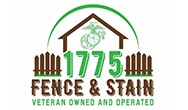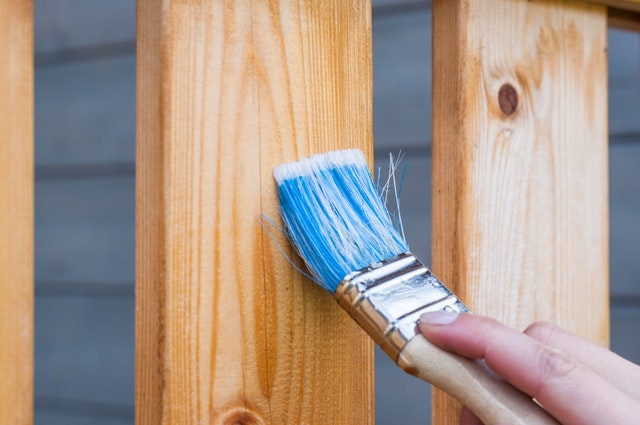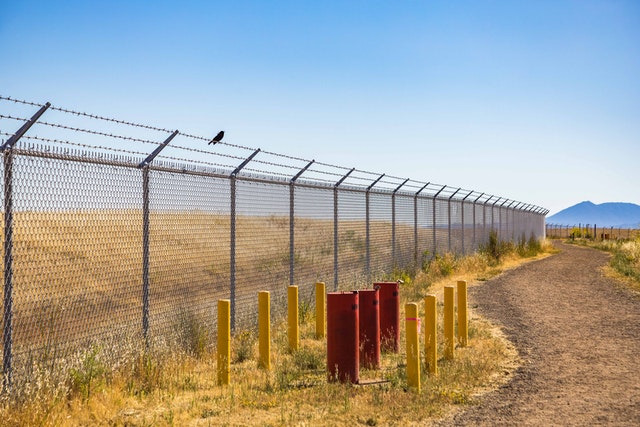What Is A Property Line?
Property lines are the legal boundaries of your property. They clearly define who owns what pieces of land by dividing it. These boundaries can be obvious like roads, ditches or fences or they can be completely invisible. Homeownership requires understanding of property lines, and knowing them is an important part of being a homeowner.
Why Are Property Lines Important?
Property lines are important because they provide a clear definition of where one piece of land ends and another begins. This is important to know as you look at your options in real estate. You’ll need to have the seller verify the property lines to qualify for a mortgage. Having accurate information about your property lines is helpful when you start a home improvement or major landscaping project. It’s not a matter of which side of the road your yard ends up on, it’s about understanding how far into your neighbor’s yard you can legally go without their. That way, you won’t end up accidentally building a new addition on your home or putting up a fence around your yard that encroaches on your neighbor’s property. Finally, knowing where your property lines are makes you a good neighbor. Your property boundaries are essential to protecting your land from neighboring properties, but it’s important to make sure the boundaries are clear, so you can avoid disputes with your neighbors. Being aware of your property’s location means you’ll be able to legally place features like fences, pools, garages or driveways. Besides not holding late-night band practice in your garage, knowing where your property lines are is one of the best ways to avoid disagreements with your neighbors. Property lines are the boundaries between different ownership groups. If you don’t know what your property line is, call us. We’ll find out what it is for you. A property owner is required to use boundary lines to determine where to legally place things like fences, pools, garages, and driveways. There’s always a chance of problems when you build a structure or part of a structure on another person’s property. It’s best to be careful in order to avoid being sued. Finding out where your property lines are is not difficult:
Check your deed
Your deed shows the area of land that you own. By measuring from named landmarks you should be able to determine the location of your boundaries. Just beware. The description can be based on the location of a tree that no longer exists or a creek that has dried up. Keep following the references back, until you find a deed with a description of the boundary lines.
Review your property survey
When you buy a home, you should expect to receive a plat that shows property lines and measurements. This will be an important document for future reference. You should make sure that the house has been inspected to see if it needs repairs, if it has any termites or other pests. Some of these maps are available online, while others are hard copies or microfiche copies. Neighbors with adjoining property who have common boundaries can easily share information about how to access the shared property line with a map showing all common property lines. In that case, it is more important than ever to get your house assessed correctly, and the easiest way to do that is to call an experienced residential assessor. This shows that surveyors created multiple lots at the same time, and that some of them are scattered throughout the property. The master plat is usually in public records, so you can find it using a search.
Hire a surveyor
You can use either a land survey or a plat to locate your property boundaries. The surveyor measures and maps the property and generally also stakes the corners of the property. Your budget will affect the cost of hiring a professional surveyor. You may be able to find someone local who does the work for a lower rate. Friends and family will tell you who they’ve hired, and if they are happy with the work they’ve done. You’ll need to hire several potential surveyors to discuss your needs and choose one who is experienced and with whom you feel comfortable working. A surveying contractor should be licensed by your state and should carry professional liability insurance, which covers you in case they make a mistake in the survey. Have the surveyor walk your property line with you following the completion of the survey. Ask the surveyor about the equipment he or she uses to make sure it’s accurate. GPS and CAD, for instance, allow for far more precise survey work than would have been possible before these technologies. You must tell your surveyor why you want a survey and exactly what services you want. This ensures that you get a realistic and accurate fee estimate for your work.
Boundary Line Agreements
Neighbors often have boundary dispute over properties. The best way to avoid a problem is to have a clear understanding about what constitutes your property and what is theirs. They vary by state, but the purpose is to have a method where property owners can agree to share property line usage outside of going to court. Boundary line agreements are not the same as boundary line adjustments. Property boundary line adjustments are not done when you want to exchange land, but you have to involve money. You need to hire a surveyor and lawyer. Land boundary agreements are used to resolve disputes over land.
How Boundary Line Agreements Protect From Encroachments
If you’re having problems with a neighbor building a structure on your land, a boundary line agreement may be the solution. The reason many people don’t know their property has been encroachments is because they weren’t aware that they had been built on their land. In order to retain the title to that piece of property, you can create a boundary line agreement with your neighbor. In this agreement, your neighbor acknowledges that their building was not properly constructed, and you agree to allow the structure to remain standing. This allows you to retain legal ownership of your home and allows your neighbor to continue using their home without being in court with you. If you destroy your neighbor’s structure, you are responsible for rebuilding it on your neighbor’s property. If you don’t want to go through the trouble of filing a boundary line adjustment, you could just sign an agreement with your neighbor. You should always do something if you are selling or transferring the property, regardless of your decision. If you have a neighbor’s structure on your property, it can make things more complicated the longer it goes unaddressed.
More about how to build a good relationship with your neighbor






